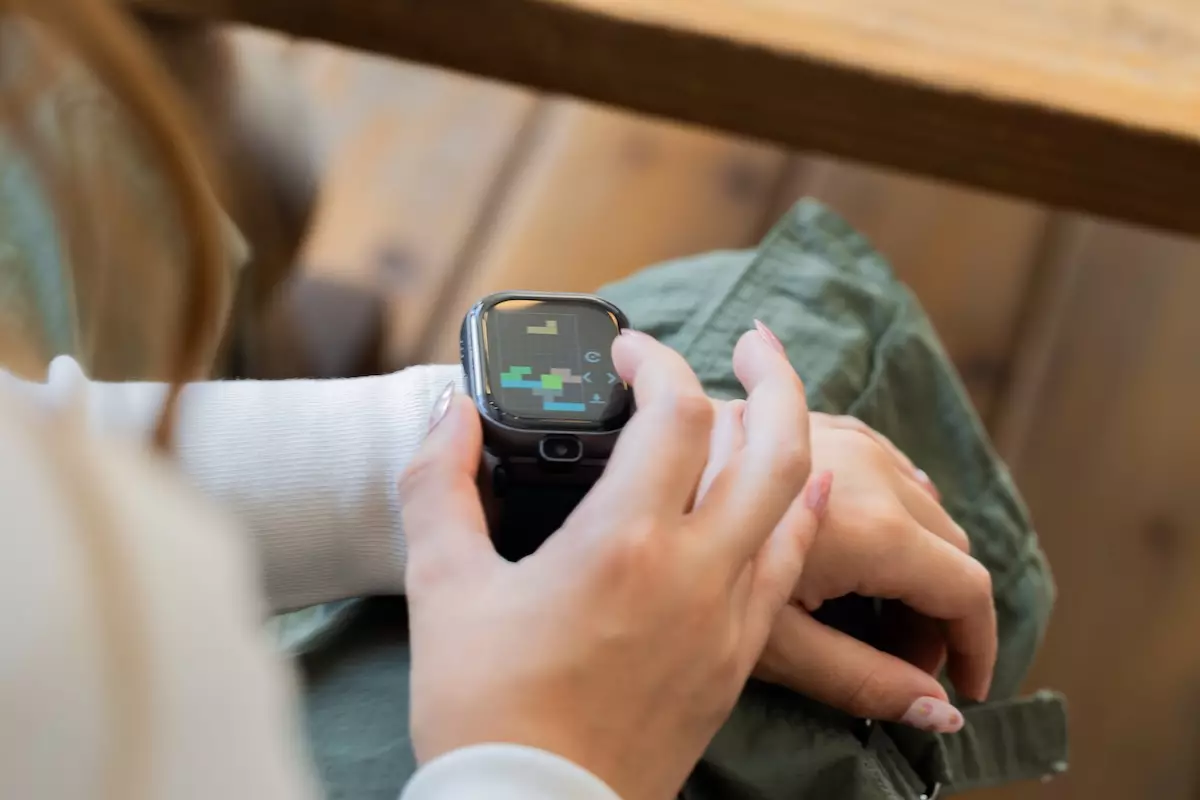In today’s fast-paced digital landscape, parents often find themselves caught between a desire to keep their children connected and the necessity to shield them from online hazards. Traditional smartphones, while offering valuable communication tools, open up a Pandora’s box of risks—social media addiction, exposure to inappropriate content, cyberbullying, and more. Yet, the need for independence and social interaction for young children remains undeniable. This dilemma calls for innovative solutions that strike a balance between connectivity and safety. Enter the child-friendly smartwatch, a device that is redefining what it means to stay connected without sacrificing security.
Think of the Pinwheel Watch as a beacon in this evolving terrain. It doesn’t just serve as a communication gadget; it embodies a conscious effort to design a technology tailored explicitly to children’s developmental needs. The device’s sleek, understated design and user-friendly features portray a thoughtful approach, emphasizing that technology for children should prioritize safety and enriching experiences over mere communication. As society becomes increasingly aware of the risks associated with unfiltered internet access, this device signals a positive shift toward protective, yet empowering, digital interactions.
Transforming Parental Control Through Innovation
One of the most compelling aspects of the Pinwheel Watch is its comprehensive parental management system. Unlike generic devices that often leave parents feeling powerless or overwhelmed, this smartwatch puts control squarely into the hands of guardians. Features like customizable contact lists, scheduling options, and content filters allow parents to tailor their child’s digital environment meticulously. Whether it’s restricting access during school hours or limiting interactions to pre-approved contacts, these controls foster responsible use and ensure that the device remains a safe space.
The inclusion of real-time monitoring and chat review capabilities further enhances parental oversight. Parents can see every interaction with the device’s AI chatbot and messaging functions, enabling them to intervene if necessary. This level of transparency is vital in building trust between children, parents, and technology. It also encourages responsible parenting in the digital age, where open discussions about safe online behavior are essential. The device, therefore, is not a mere tool but a part of a larger educational framework that helps children learn to navigate the digital world safely.
The Promise and Perils of AI in Children’s Devices
The introduction of an AI chatbot, PinwheelGPT, adds a modern touch to the device but also invites scrutiny. While the chatbot is pitched as a safe, age-appropriate conversational partner, the presence of AI in a child’s device raises important questions. Misinformation, unintentional guidance, or reliance on digital companionship can shape children’s understanding and social skills in profound ways, some of which might be less than ideal.
However, the company’s emphasis on safeguards makes a compelling argument. Training the AI to recognize sensitive topics, avoid inappropriate content, and redirect children to trusted adults demonstrates an understanding of the potential pitfalls. Nonetheless, the reliance on AI as a conversation partner must be approached with caution. Children’s social development thrives on face-to-face interactions, nuanced emotional cues, and genuine human connection—elements that no AI can fully replicate or replace. While the device adds an innovative dimension, it must be positioned as an ancillary tool, not a substitute for real-world interactions.
Moreover, transparency about data privacy and responsible AI use remains critical. Ensuring that no personal data is misused or stored without consent is a baseline expectation, especially when dealing with minors. The company’s commitment to not using user data for AI training and providing parents with oversight tools is reassuring but must be consistently upheld as the technology evolves.
Redefining Growth in a Competitive Market
The emergence of specialized devices like the Pinwheel Watch suggests a strategic recalibration within a multi-billion-dollar wearables industry. Instead of competing solely on hardware or fitness features, companies are realizing the importance of carving out niche markets—such as child-safe tech—to build trust and loyalty. Pinwheel’s focus on safety, educational features, and parental control positions it distinctly amid giants like Apple and Fitbit, whose primary offerings target general consumers.
This approach reflects a broader understanding that children’s technology needs are unique. Devices like the Pinwheel Watch blend functionality—calling, texting, GPS, camera, mini-games—with safeguards that respect developmental boundaries. By emphasizing safety and parental involvement, they challenge the notion that technology inherently exposes children to harm. Instead, these devices serve as a bridge, allowing kids to gain independence while parents retain peace of mind.
The device’s affordability and feature-rich design make it an attractive option for families seeking a middle ground. Its potential to grow with children—offering an evolving platform that can adapt to different ages and needs—further enhances its appeal. As more parents become aware of these tailored solutions, it’s likely that the market for child-centric wearables will expand, encouraging continuous innovation in this space.
The advent of kid-friendly smartwatches signifies a paradigm shift in how we approach technology and childhood development. It underscores a profound truth: safeguarding children doesn’t mean depriving them of connection but rather equipping them with tools that promote responsible usage, curiosity, and independence. Through thoughtful design and robust parental controls, devices like the Pinwheel Watch are setting new standards for safety and engagement.
Yet, as with all technological innovations, critical vigilance is essential. The integration of AI, while promising, must be managed carefully to ensure it complements, rather than replaces, genuine human interaction. The balance struck between innovation and caution will determine whether these devices truly serve children’s best interests or become new sources of worry for parents. Ultimately, this emerging class of wearable technology offers a hopeful glimpse into a future where safety and connectivity go hand in hand, giving growing minds the space they need to explore the world both digitally and in reality.

